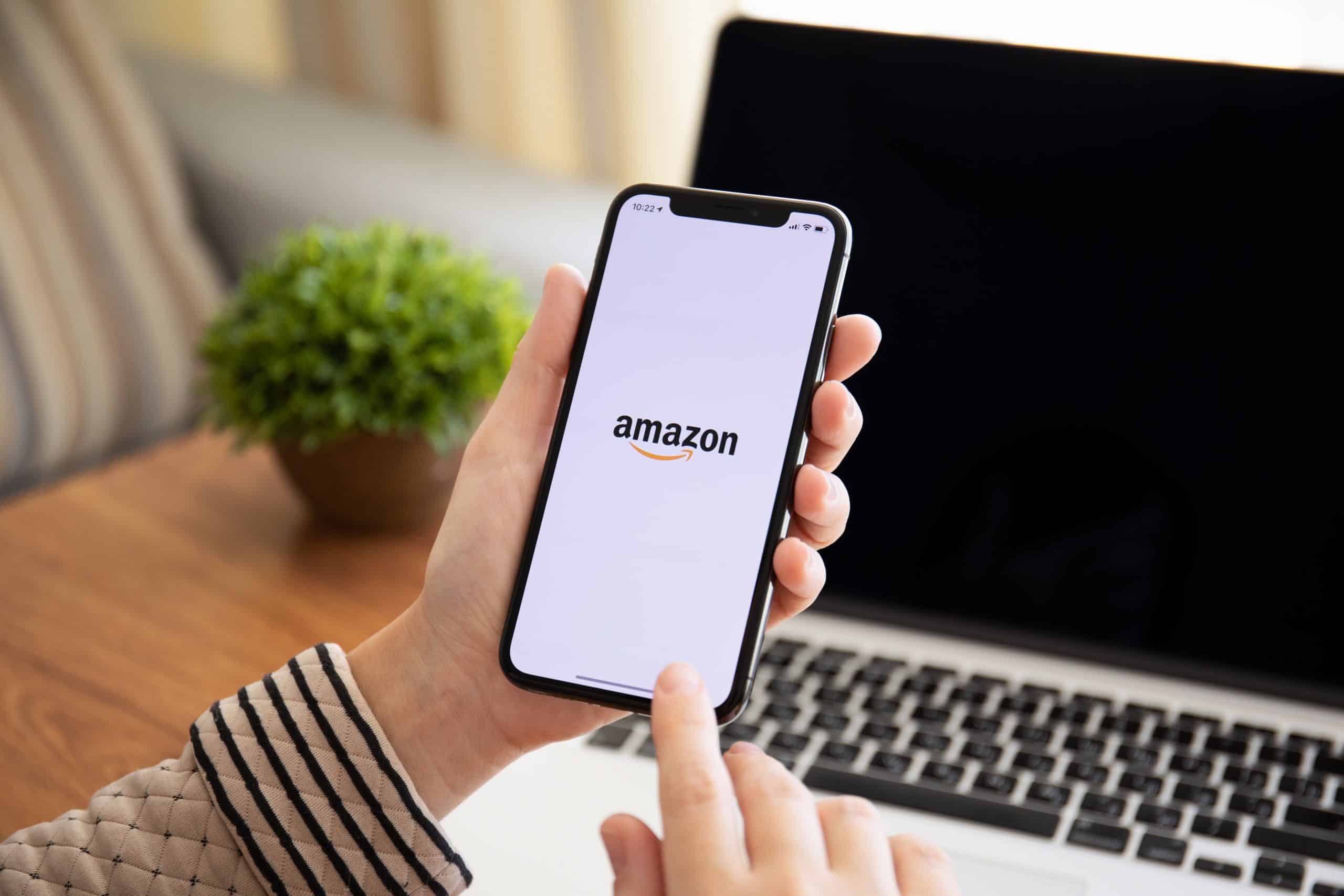Today’s guest post comes from Kevin Ball, an Administrative Fellow at Geisinger Health System. Since his dad first introduced Christensen’s theories to him years ago, Kevin set his sights on applying those theories to the problems within the health care industry. Below, he applies our six-question test for disruptive potential to Amazon Clinic.
Whenever Amazon makes another health care acquisition, there is buzz about it in the industry. The e-commerce giant has been making strategic moves to establish footholds in the sector since 2018. This includes acquiring PillPack, establishing Amazon Pharmacy, launching and closing Amazon Care, and acquiring primary care provider, One Medical. Amazon Clinic, launched in November 2022, represents the company’s latest attempt to enhance its health care portfolio. The offering targets a select few low-acuity health conditions with a network of telehealth providers.
Does Amazon Clinic have disruptive potential? I put it to the Christensen Institute’s six-question test to determine the answer.
1. Does the innovation target nonconsumers or people who are overserved by existing offerings in a market?
Not really. Amazon Clinic virtually diagnoses and treats individuals who are experiencing symptoms from its selected condition list, via messaging and video calls. This virtual front door provides an access point for individuals who don’t have the time, resources, or desire to visit a brick-and-mortar health care provider. It’s a typical telehealth model, so it isn’t targeting nonconsumers, or those overserved by traditional offerings, in a way that other telehealth companies aren’t already doing.
2. Is the offering not as good as existing offerings as judged by historical measures of performance?
Maybe. Recent studies have indicated that the efficacy between telehealth and in-person diagnosing and treatment is a mixed bag depending on the type of care provided, especially when a physical examination is needed. Furthermore, the jury is still out on how Amazon Clinic’s services stack up against existing telehealth providers as far as patient experience, visit outcomes, access, and patient safety measures.
3. Is the innovation simpler to use, more convenient, or more affordable than existing offerings?
Yes. Amazon knows how to build a sleek and intuitive customer experience. Amazon Clinic tailors Amazon’s classic app interface into a simple health care triage and intake process, provides seamless text and email notifications, transparent pricing, and next day delivery of medications. In this way, it’s simpler and more convenient.
However, it is questionable whether a bulk of individuals will pay for Amazon Clinic on top of their existing health insurance, which may or may not include access to telehealth services. That might change if Amazon Clinic’s cost was bundled into Amazon Prime, to which just over 200 million people already subscribe. Amazon may already be testing these waters with its recent introduction of RxPass, a $5/month Prime add-on generic drug service.
4. Does the offering have a technology that enables it to improve and capture a larger market over time?
No. It doesn’t appear that Amazon Clinic utilizes a new tech enabler that existing telehealth companies don’t already utilize. However, AI and machine learning tools that diagnose and provide treatment options, thus negating the need for higher-cost clinicians, could be low-hanging fruit to add to their model in the future.
5. Is the technology paired with an innovative business model that allows it to be sustainable?
Maybe. Amazon Clinic has a similar value proposition to CVS MinuteClinic: “If you think you have these specific health ailments, we can reliably diagnose and treat you.” This tailored value proposition allows these organizations to set up lean resources and processes that can reliably generate consistent health outcomes, without all the cost required to treat anything and everything.
With subsidiaries providing wearable technology (Amazon Halo), self-help and nutrition guidance (Audible), groceries (Whole Foods Market), prescription medications (Amazon Pharmacy), virtual assistant technology (Amazon Alexa), and cloud computing (Amazon Web Services), Amazon has resources and processes that other entrants and incumbents don’t have, which could lead to a sustainable competitive advantage. It’s still yet to be seen if the profit formula adds up though.
6. Are existing providers motivated to ignore the new innovation and not feel threatened by it at the outset?
Yes. One big aspect of the consumer’s health journey not currently being addressed by Amazon Clinic is care traditionally provided after primary care: specialist care. For many incumbent organizations, specialized care bolsters the organization’s margin, while primary care and urgent care typically drag it down. As Amazon is not serving the full continuum of care, existing providers may not be threatened by Amazon Clinic initially. However, if Amazon Clinic starts to partner with one incumbent in a market for specialty care, as One Medical and other niche primary care providers have done, incumbents’ responses would likely shift as margin-generating services were threatened.
So, is it likely that Amazon Clinic will disrupt the health care industry? No. At least not in its current state. But, with a new technology enabler and a Prime bundle, we may come to find that the buzz surrounding this e-commerce monolith, turned health care competitor, could become more than just buzz. Given Amazon’s track record of consumer-centricity and consumer obsession, it’s one to watch even if it doesn’t meet the criteria to be labeled “disruptive.”



